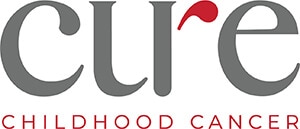What do experiencing a fire storm in Fallujah and watching your child undergo cancer treatment have in common? Both events trigger our internal alarm system and have the potential to create a reaction of Post-Traumatic Stress Disorder (PTSD).
When we find ourselves in a fearful situation, our physical alarm system is triggered. It is an ingenuous mechanism. Hormones like Adrenaline and Cortisol flood our bodies, shutting down our executive reason or conscious mind. Our bodies react first. We respond immediately, and we are propelled to either flight (run away), fight, or freeze (become numb, check out, or play dead like possums). Many a caveman survived surely because of these quick reactions.
However, when our ability to run, fight, freeze, or essentially take effective action is blocked, our brain simply continues to react in distress by continuing to release hormones. Our alarm system can become stuck in the “on” position. The brain continues to send danger signals long after the threat has subsided. As an example, a child may be in remission and doing well but every time his parents take him for a checkup, they experience thoughts, emotions, and physical reactions identical to the intense fear they experienced during their first cancer treatment or diagnosis.
The symptoms of PTSD are varied but can include the following:
Flashbacks: Flashbacks are snapshots or internal movies of fearful or traumatic events which can cause intense emotions, heart palpitations, sweating, and even panic attacks. A person’s reaction to these flashbacks put him or her right back into the moment as if it was happening again. Flashbacks are not memories. They are intrusive and pop into your mind even when you are not trying to recall them.
Jumpy and Hypervigilant: You may find yourself reacting with heightened senses or an exaggerated startle effect. Your heart may jump in response to any small reminder of your fear. One mother recalled that five years after her child’s allergic reaction, she still found herself checking her child’s breathing and panicking anytime he appeared to change his breathing rate.
Nightmares: Nightmares are different than flashbacks. The content of the nightmare may not seem to have anything to do with the fearful event and is more a product of the subconscious mind. However, frequent nightmares are a symptom of a heightened alarm system and PTSD.
Insomnia or difficulty sleeping: Having trouble falling asleep because your mind will not shut off and finding yourself ruminating on your fears is another symptom of PTSD. In addition to having trouble falling asleep, people with PTSD may wake up frequently during the night because of nightmares and then have difficulty going back to sleep.
Avoiding People and Places: When you find yourself avoiding people or places because you are afraid of how you may react or the feeling you may have, you may be experiencing PTSD. Driving a mile out of your way so you do not pass the hospital where your child was treated is a symptom of PTSD.
Feeling Detached or Estranged from Others: You might find yourself feeling isolated, alone, or misunderstood. Comfort that you used to experience through connection to others and/or your interest in pleasurable activities is diminished.
Difficulty Remembering or Concentrating: With PTSD, it is common to find you are unable to concentrate or remember things that are currently happening. This is one reason it is recommended to have someone with you taking notes when you are meeting with doctors or discussing treatments.
Extremes of Emotions: At times, people with PTSD may feel intense moments of anger, sadness, or distress. They may experience moments of rage, physical aggression, and suicidal thoughts. At other times, they may feel numb, hopeless, and unable to have loving feelings.
Today we understand a lot more about PTSD than we did even ten years ago. There is help. You do not have to grit your teeth and bear it. Today’s treatments include Eye Movement Desensitization Reprocessing Therapy, Cognitive Reprocessing Therapy, Neurofeedback, acupuncture, massage, yoga, and narrative therapy. If you notice these symptoms in yourself or a loved one, please seek out the treatment that will help you manage your PTSD. For more information on how CURE can help through our Counseling Program, click here.
*Carleen Newsome, LPC, CPCS, ACS is the Director of Clinical Services and Staff Therapist for Summit Counseling Center



